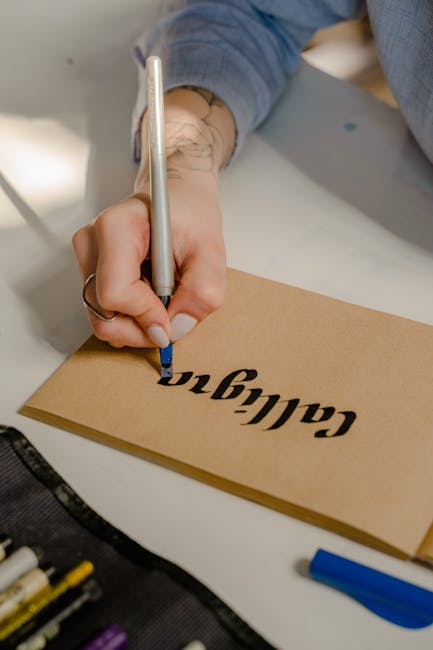How to Create a Personalized Arabic Alphabet Learning Kit
Learning a new language can be an exciting adventure, especially when it comes to the rich and beautiful Arabic script. Whether you’re a teacher, parent, or language enthusiast, creating a personalized Arabic alphabet learning kit can make the journey both fun and effective. 🧠✨ In this blog post, we’ll explore how to design a kit that caters to individual learning styles while ensuring an engaging experience.
Table of Contents
1. Why Personalize Your Learning Kit? 🌟
2. Essential Components of an Arabic Alphabet Kit 📚
3. Step-by-Step Guide to Creating Your Kit 🛠️
4. Tips for an Engaging Learning Experience 🎨
5. Conclusion: Embrace the Journey 🌍
6. FAQs 🤔
Why Personalize Your Learning Kit? 🌟
Personalization is key to effective learning. By tailoring your Arabic alphabet kit to the learner’s preferences and needs, you make the process more enjoyable and memorable. Personalized kits can accommodate different learning styles, whether visual, auditory, or kinesthetic, which enhances retention and boosts confidence.
Essential Components of an Arabic Alphabet Kit 📚
Before diving into the creative process, let’s outline the must-have components for your kit:
1. Alphabet Cards
These are the cornerstone of your kit. Create or purchase cards with each Arabic letter, including initial, medial, and final forms. Consider adding pronunciation guides on the reverse side.
2. Interactive Workbook
A workbook that includes tracing exercises, writing spaces, and simple word examples can be incredibly helpful. This encourages hands-on practice.
3. Audio Resources
Incorporate audio clips or CDs that demonstrate correct pronunciation. This is especially crucial for mastering the unique sounds of the Arabic language.
4. Visual Aids
Include posters or flashcards with images that correspond to words beginning with each letter. Visual learners will appreciate the context this provides.
Step-by-Step Guide to Creating Your Kit 🛠️
Step 1: Assess the Learner’s Needs
Consider the age, proficiency level, and learning style of the learner. This will guide your choice of materials and activities.
Step 2: Gather Materials
Purchase or create the materials listed above. Don’t forget to include colorful markers, stickers, and other creative tools for personalization.
Step 3: Design Engaging Activities
Develop games, puzzles, or storytelling exercises that incorporate the alphabet. Gamifying the learning process can significantly enhance engagement.
Step 4: Assemble the Kit
Package all components neatly in a box or folder. Label everything clearly and organize it in a way that’s easy for the learner to access and use.
Tips for an Engaging Learning Experience 🎨
Here are some additional pointers for making learning Arabic letters a delightful experience:
– Use stickers or stars as rewards for completing tasks. 🎉
– Incorporate Arabic music or nursery rhymes to make learning fun and musical. 🎶
– Encourage interaction with native speakers or language groups if possible. 🗣️
Conclusion: Embrace the Journey 🌍
Creating a personalized Arabic alphabet learning kit is not just about assembling materials; it’s about sparking curiosity and developing a lifelong passion for language learning. With your thoughtful kit, you’re setting the stage for a rewarding adventure into the world of Arabic. Happy learning! 🎓
FAQs 🤔
1. How long does it take to learn the Arabic alphabet?
The time varies depending on the learner’s dedication and exposure, but consistent practice can lead to familiarity in a few weeks.
2. Can adults use the learning kit?
Absolutely! The kit can be tailored for any age group, making it suitable for both children and adults.
3. What if I don’t have access to audio resources?
Consider using free online resources, like language learning websites or apps, that offer pronunciation guides and audio clips.
4. How can I make learning more interactive?
Incorporate digital tools, like language apps and online games, to complement the physical kit and enhance interactivity.






